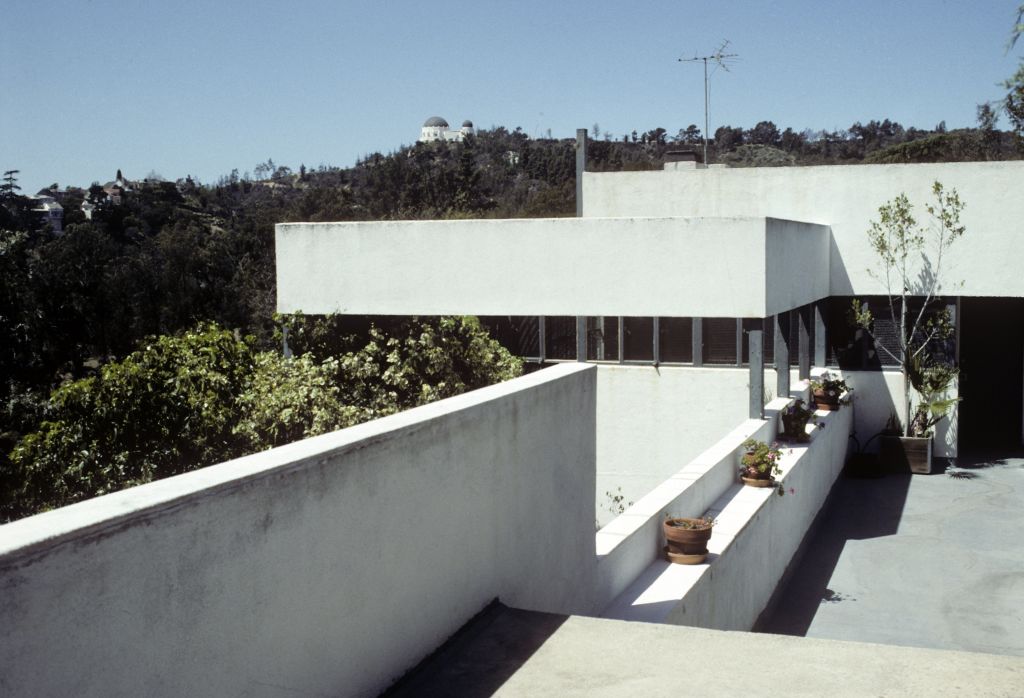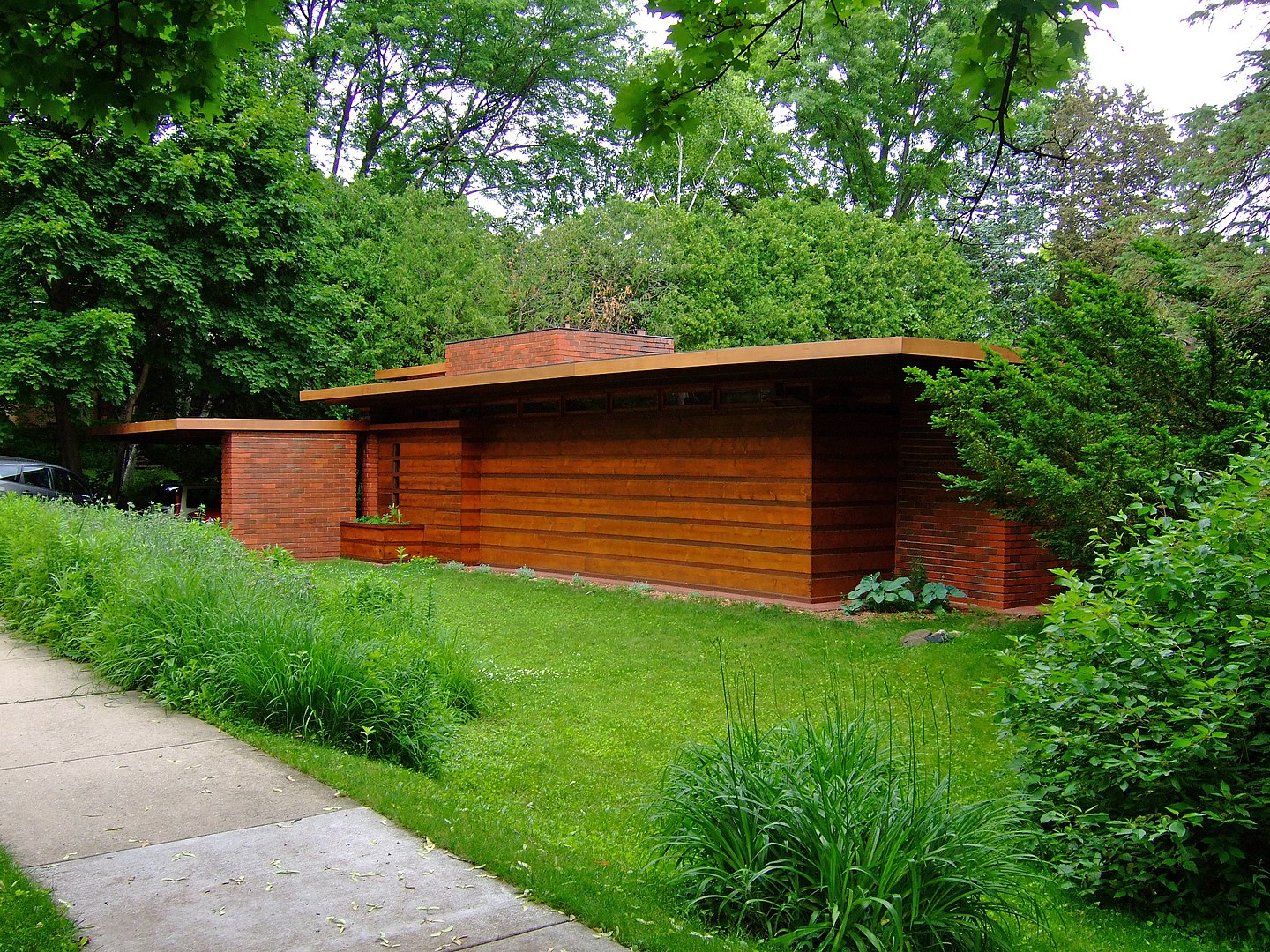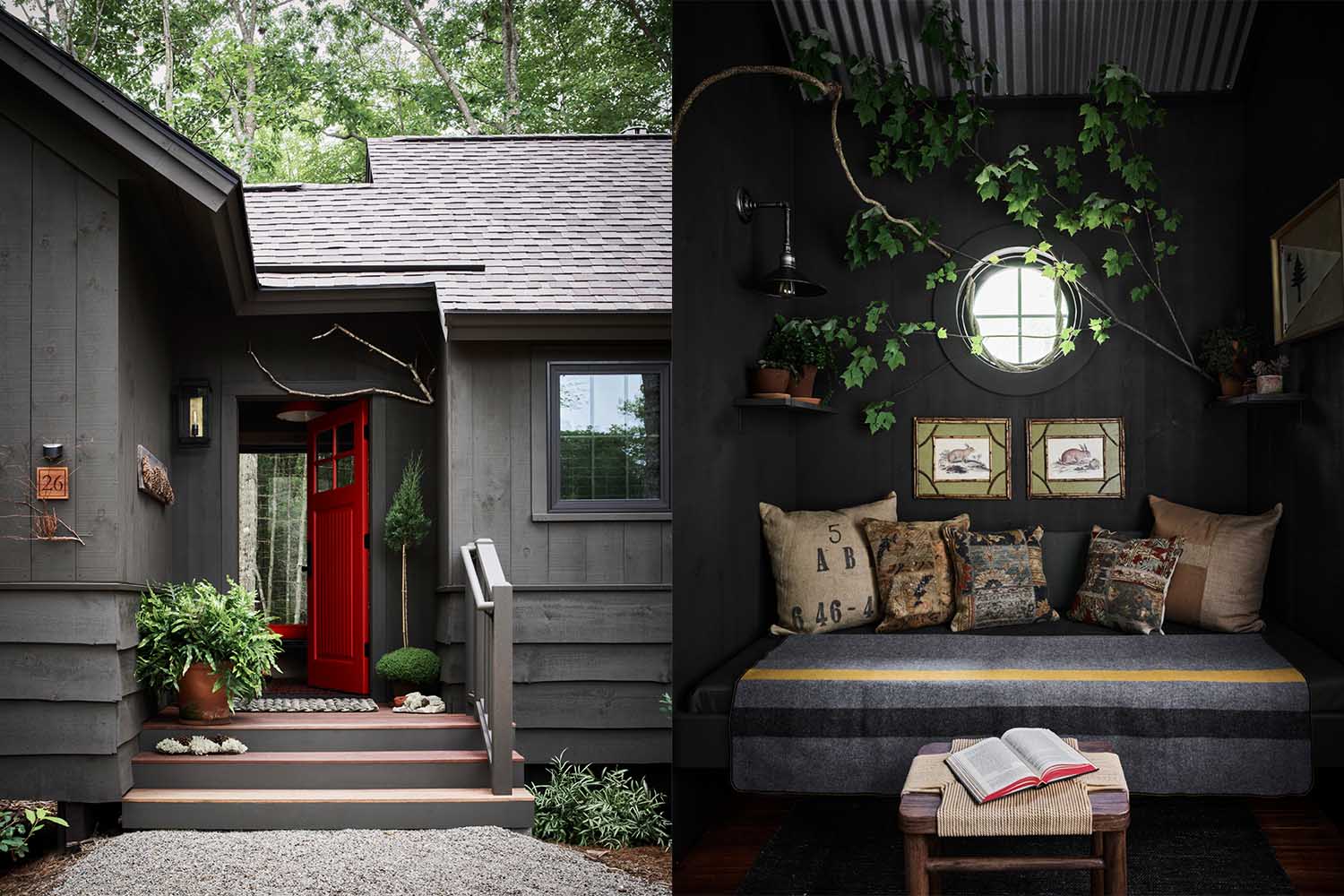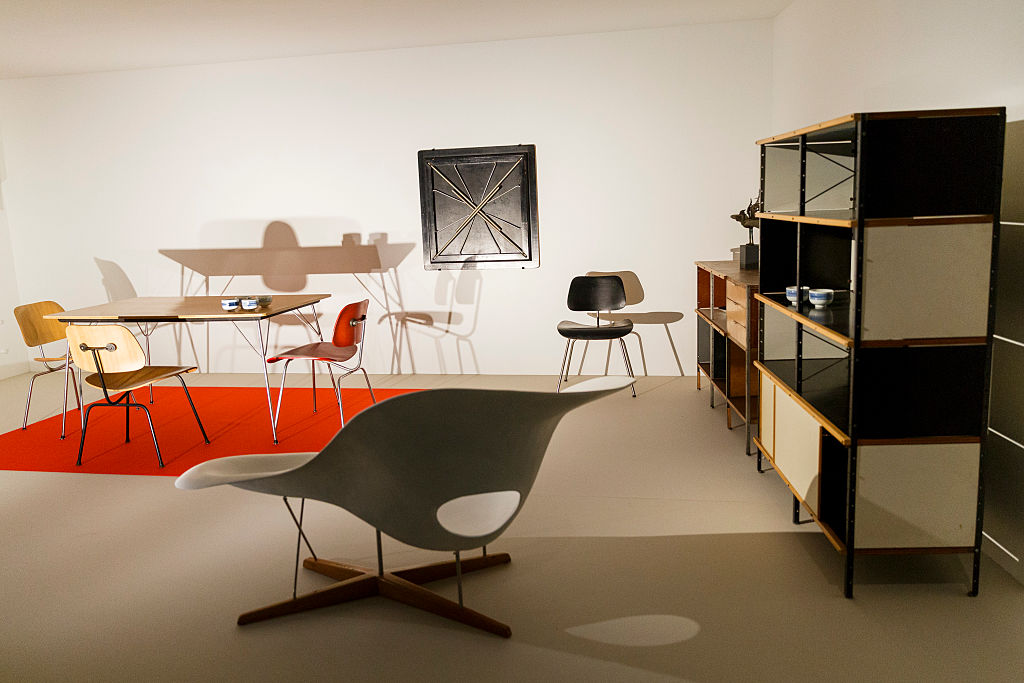While the name of Richard Neutra might not be as well-known as that of Frank Lloyd Wright (who Neutra worked for when he first came to the United States), both rank high in the pantheon of acclaimed Modernist architects. Upon Neutra’s death in 1970, his obituary in The New York Times observed that “he combined spaciousness and compactness, with lots of glass and livable porches or patios tailored to the landscape to make the outdoors seem part of the house.”
The occupants of Neutra-designed houses reads like a who’s who of mid-century American art and culture, and includes the likes of Charles and Ray Eames, Orson Welles and Ayn Rand. Neutra’s work wasn’t confined to the realm of luxury, either; he also worked with Upton Sinclair to design a plan for low-income housing for Los Angeles.
Of Neutra’s homes, one is widely considered to be his masterpiece: the Lovell Health House, built in 1929. Writing in The New York Times in 1982, Joseph Giovannini explained its significance. “The out-of-doors was integral to the Health House,” Giovannini wrote. “More than any other early modernists, Neutra erased the separation between outdoors and indoors.” The occasion for this look back at Neutra’s work was an exhibit dedicated to his work at the Museum of Modern Art — another honor in a long and storied career, albeit a posthumous one.
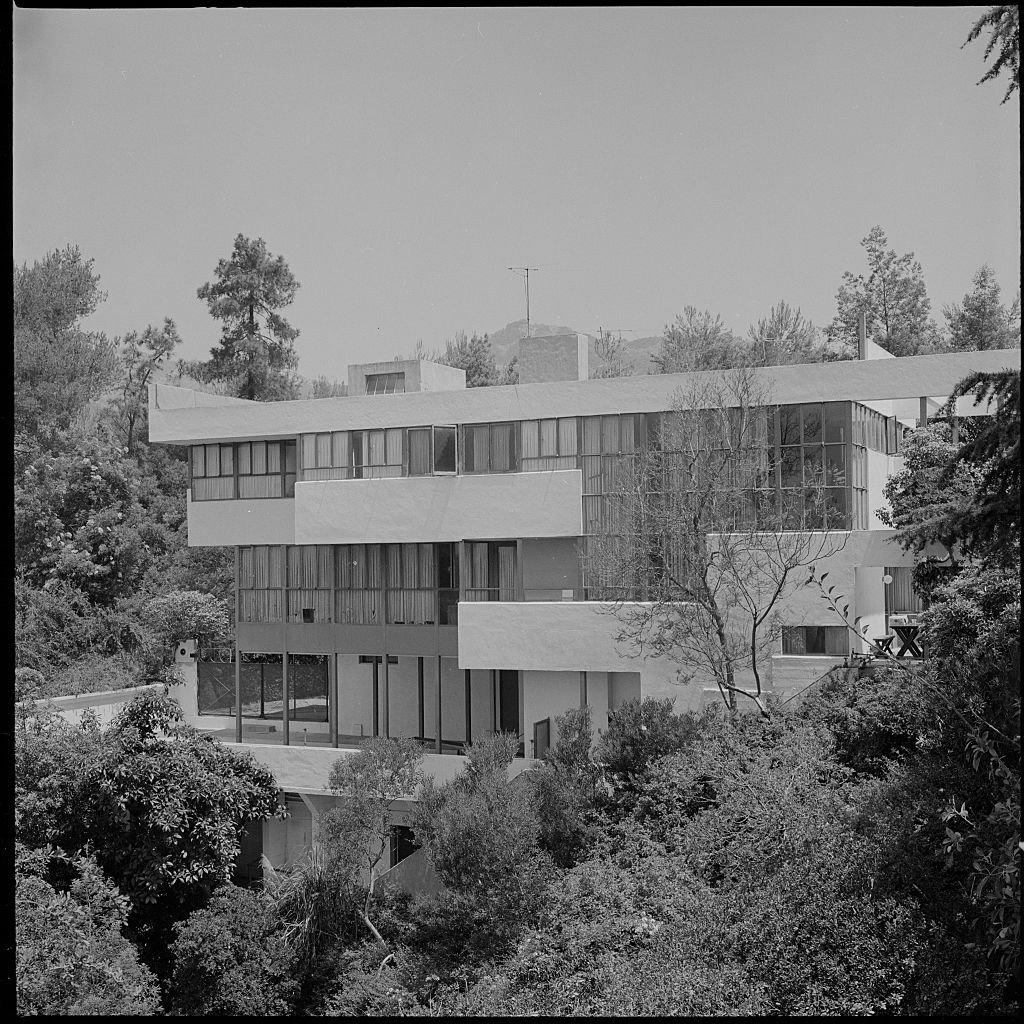
The Lovell Health House is currently on the market; its listing at Crosby Doe Associates displays the asking price at $11.5 million. The aforementioned listing includes some other details as well: the Lovell Health House is on the National Register of Historic Places, as well as having been recognized as a City of Los Angeles Cultural Historic Monument.
And if you’re looking to dig even deeper, there’s a greater significance to the house’s place in architectural and cultural history. A Curbed article from last year traced a distinctly Californian fixation on health and wellness to the Lovell Health House. “We have to thank LA for being the kind of place where a wacky health nut could make enough money to commission a house like this,” said Lyra Kilston, author of the book Sun Seekers: The Cure of California.
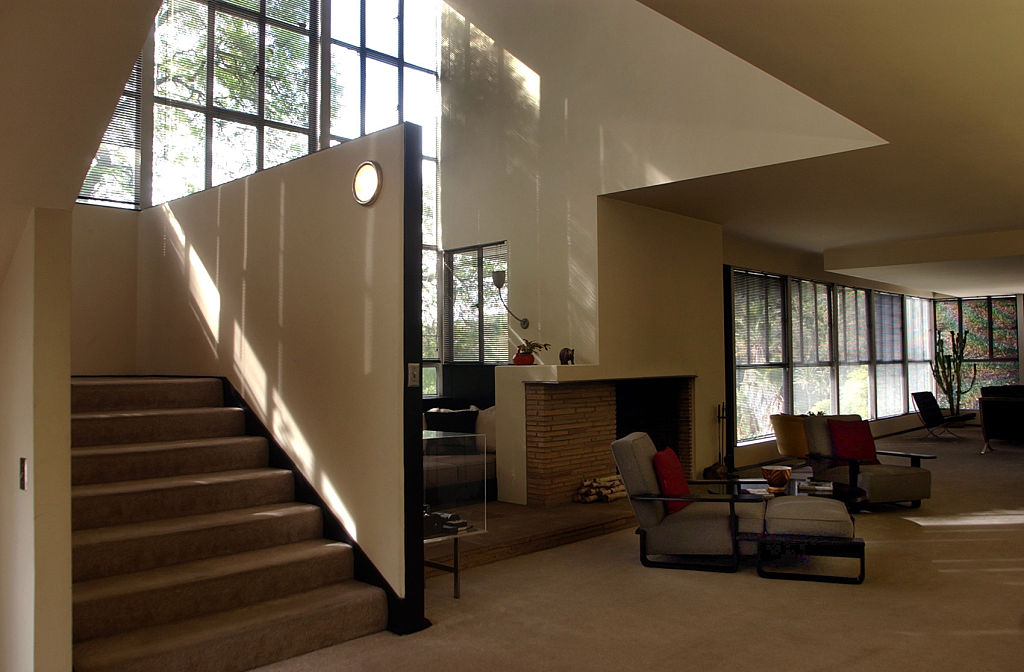
The Lovell Health House is currently a singular building at a singular point in its history. An Architectural Digest article from earlier this year noted that its longtime owner, Betty Lou Topper, died in the summer of 2019 — and that renovations would likely be made by whoever bought it next. The occasion of the article was an art installation by Eva Claessens in the house — the first such event to be held there, and another sign of the building’s flexibility.
Decades after it was first built, the Lovell Health House continues to draw admirers. In a Washington Post article about the 1982 MoMA retrospective of Neutra’s work, the museum’s director of architecture and design told writer Sarah Booth Conroy that the exhibit had its roots in one seismic decision. “The museum had commissioned a model of Neutra’s masterpiece, the Lovell house, for its Best & Co. collection of architectural models,” Conroy wrote. “When it was shown, architects and public alike demanded more.”
It’s been nearly 40 years since then — and over 90 since the Lovell Health House was first built. Its historic design’s influence can still be felt around the world, however — and it still looks amazing, inside and out.
This article was featured in the InsideHook LA newsletter. Sign up now for more from the Southland.
